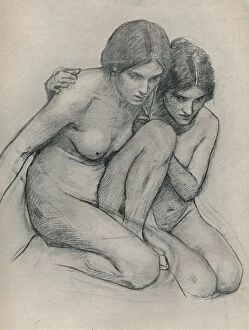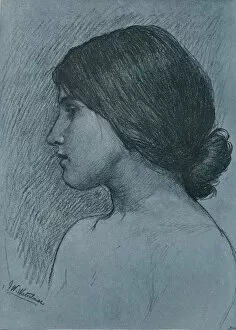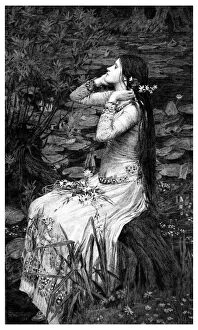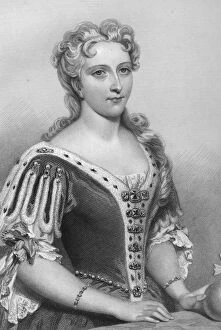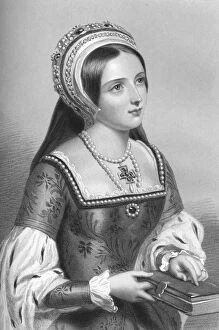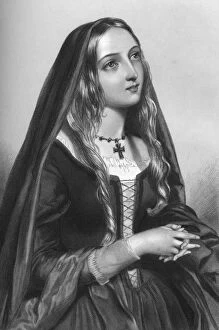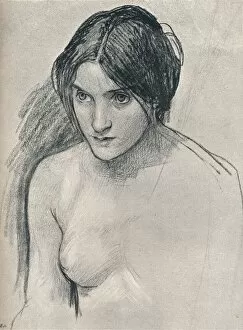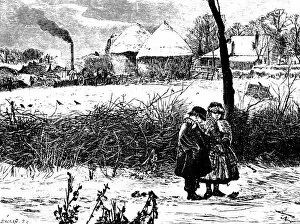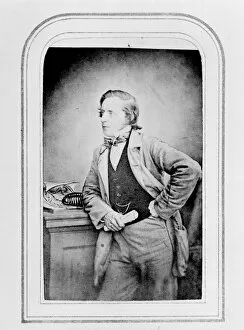John William Collection (#2)
"John William: A Master of Captivating Artistry" Step into the enchanting world Waterhouse, a renowned artist whose works continue to captivate audiences even today
For sale as Licensed Images
Choose your image, Select your licence and Download the media
"John William: A Master of Captivating Artistry" Step into the enchanting world Waterhouse, a renowned artist whose works continue to captivate audiences even today. With his brush strokes and keen eye for detail, Waterhouse brings to life scenes that transport us to different eras and evoke a range of emotions. In "I am half sick of shadows, c1911, " we are drawn into a mysterious realm where light and darkness intertwine. The ethereal beauty depicted in "The Charmer, 1911" mesmerizes us with its allure, leaving us spellbound by its enigmatic charm. Waterhouse's fascination with mythology is evident in pieces such as "Hylas and the Nymphs, 1896. " Here, he skillfully captures the alluring nymphs luring Hylas into their watery embrace. Similarly, in "Destiny, 1900, " we witness fate's unyielding grip on our lives through an exquisite portrayal of three intertwined goddesses. One cannot mention Waterhouse without acknowledging his masterpiece "The Lady of Shalott. " Whether it be her longing gaze at Lancelot or her tragic destiny unfolding before our eyes in the iconic painting from 1888 (1923), this series showcases Waterhouse's ability to convey profound narratives through art. Beyond his exploration of historical figures like Isabella of France and Eleanor of Castile in stunning portraits from 1851 or delving into ancient civilizations with Godward's work like "In the Tepidarium" (1913) or "Ionian" (1890s), John William Hill takes us on picturesque journeys that celebrate nature's grandeur. In his piece titled "The Palisades, " ca. 1870, Hill invites us to marvel at majestic cliffs overlooking serene waters. From dreamlike landscapes to captivating characters frozen in time, it has left an indelible mark on the art world.

